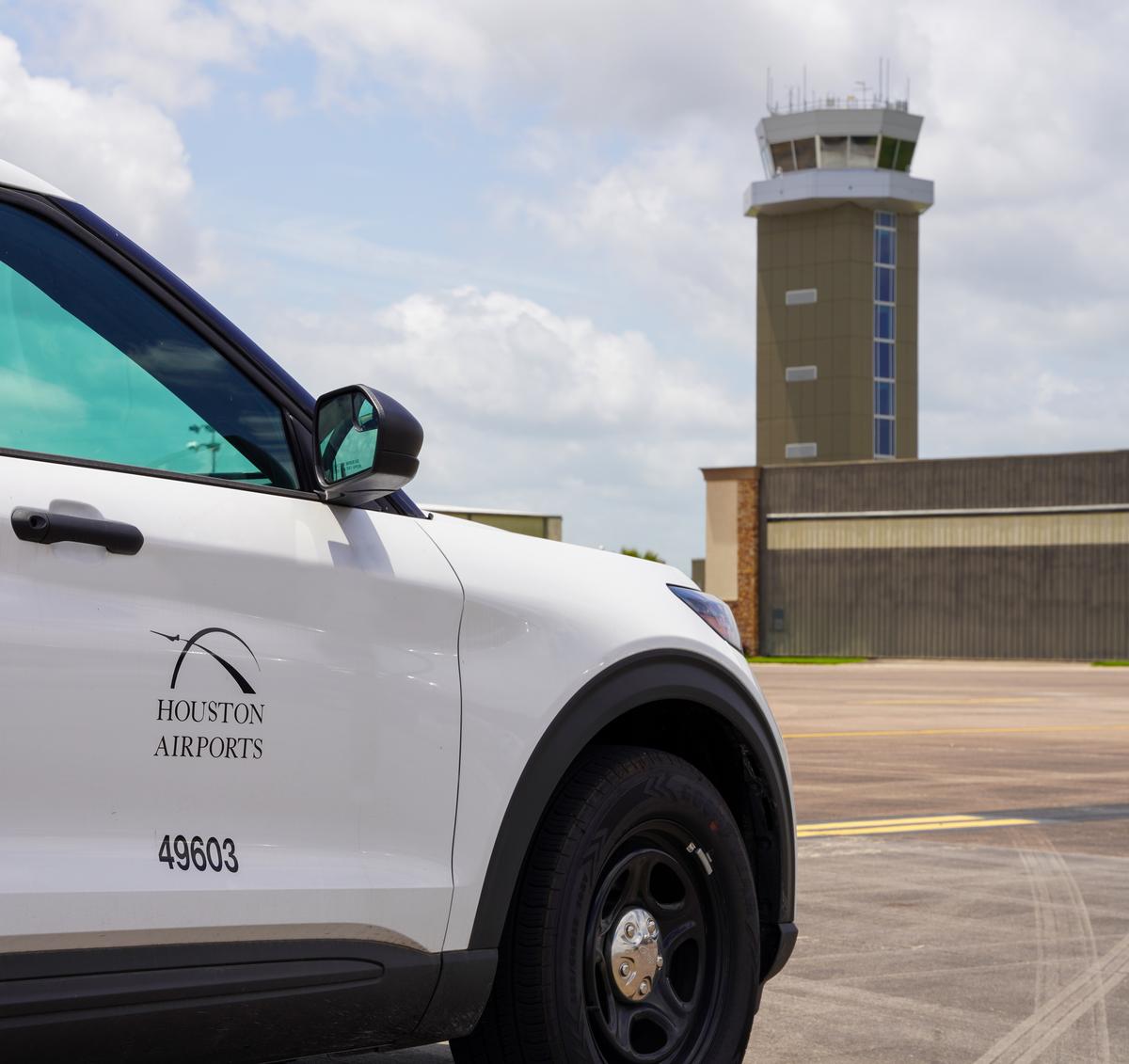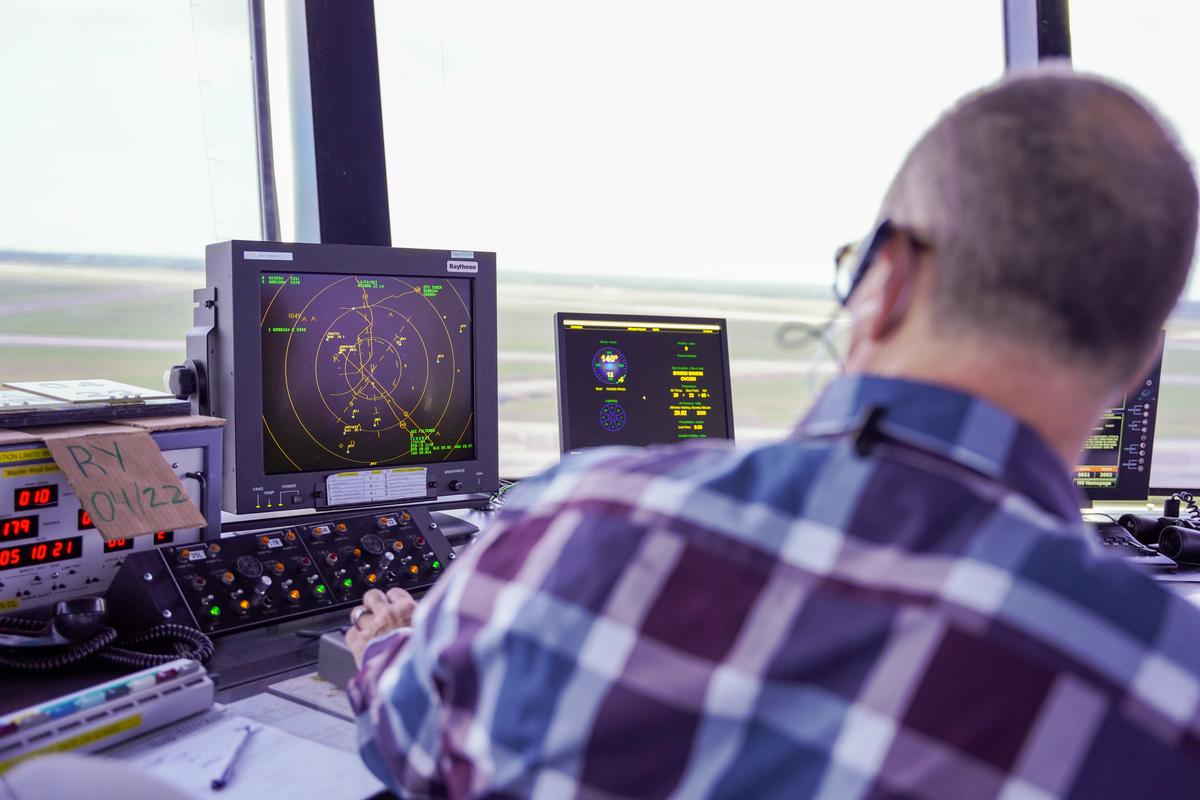
It was the year 2005.
George W. Bush had begun a second term as President of the United States. Charles, Prince of Wales, married Camilla Parker Bowles. Hurricane Katrina made landfall and struck the Louisiana, Mississippi and Alabama coastal areas.

And that was the last year in which Ellington Airport received notice of a single discrepancy by the Federal Aviation Administration’s annual CFR Part 139 inspection. Since then – Ellington has achieved perfection for 17 years in a row!
In 2022, William P. Hobby Airport joined EFD in receiving no discrepancies after the detailed review was completed. George Bush Intercontinental Airport also received an outstanding review, recording only one discrepancy which was cleared within days after the finding. (A single discrepancy for a large airport is considered outstanding.)
Arturo Machuca, Director at Ellington Airport and the Houston Spaceport, said that Houston Airports should be justifiably proud of such a stellar record.
“The level of detail required to meet CFR Part 139 specifications confirms a commitment to excellence and professionalism by not just airport personnel, but also from the many partners who work together to make our airports safe, efficient, and effective for the traveling public.”
Ross Williamson, Division Manager for Airside Operations at Hobby Airport, was similarly pleased as the FAA found no discrepancies for the only 5-star airport in North America.
“The 139 inspection is like the airside’s 5-star inspection. We have to have a 5-star airfield 365 days a year – there is no leeway; you can’t put things off. We have to pay daily attention to the operating conditions at the airport and ensure the highest level of safety and functionality.
“A discrepancy-free inspection is a big deal – it means that in all aspects of operating our airports safely and efficiently, the FAA found that Hobby Airport met or exceeded the requirements of Part 139, which is required to earn an Airport Operating Certificate.”
The review is comprehensive, requiring the FAA Airport Certification Safety Inspectors to conduct multiple-day certification inspections on site. The reviews include checks on many items, including and not limited to:
-
Pre-inspection review of office airport files and airport certification manual.
-
Administrative inspection of airport files, paperwork, etc., which also includes updating the Airport Master Record (FAA Form 5010) and review of the Airport Certification Manual/Specifications (ACM/ACS), Notices to Airmen (NOTAM), airfield self-inspection forms.
-
Movement area inspection that checks the approach slopes of each runway end; inspect movement areas to find out the condition of pavement, markings, lighting, signs, abutting shoulders, and safety areas; watch ground vehicle operations; ensure the public is protected against inadvertent entry and jet or propeller blast; check for the presence of any wildlife; check the traffic and wind direction indicators.
Williamson said that when the FAA finds that an airport is not meeting its obligations under Part 139, it often imposes an administrative action. It can also impose a financial penalty for each day the airport continues to violate a Part 139 requirement. In extreme cases, FAA might revoke the airport's certificate or limit the areas of an airport where air carriers can land or takeoff.
“It is a direct reflection of hard work by airport management, operations and maintenance,” Williamson said. “It validates so much consistent, hard work and we are very, very pleased.”